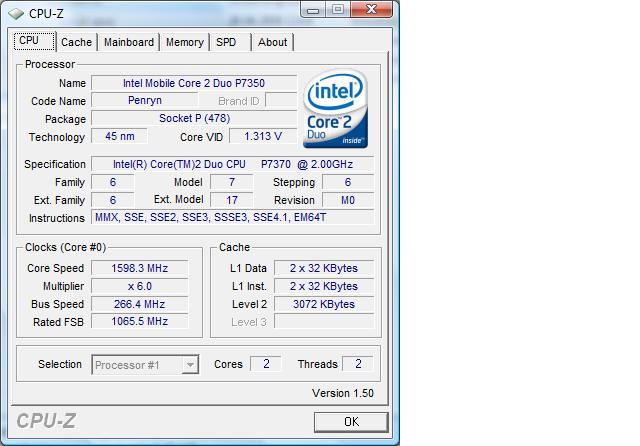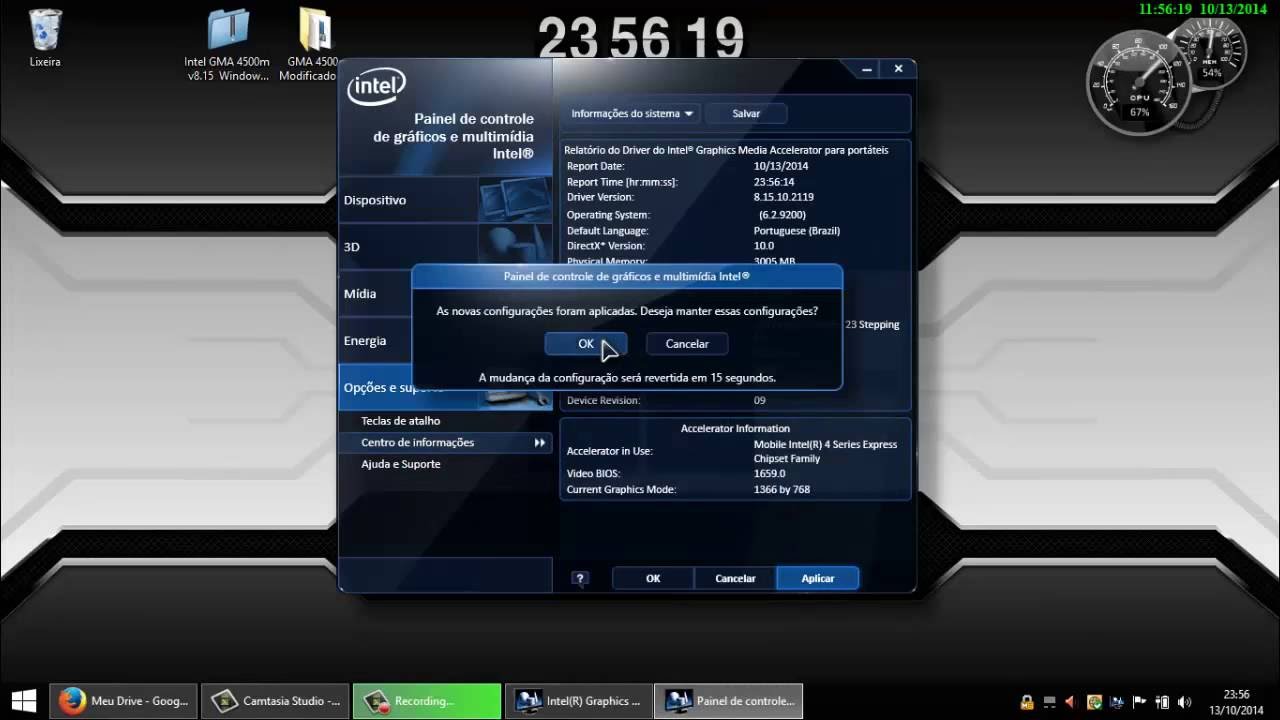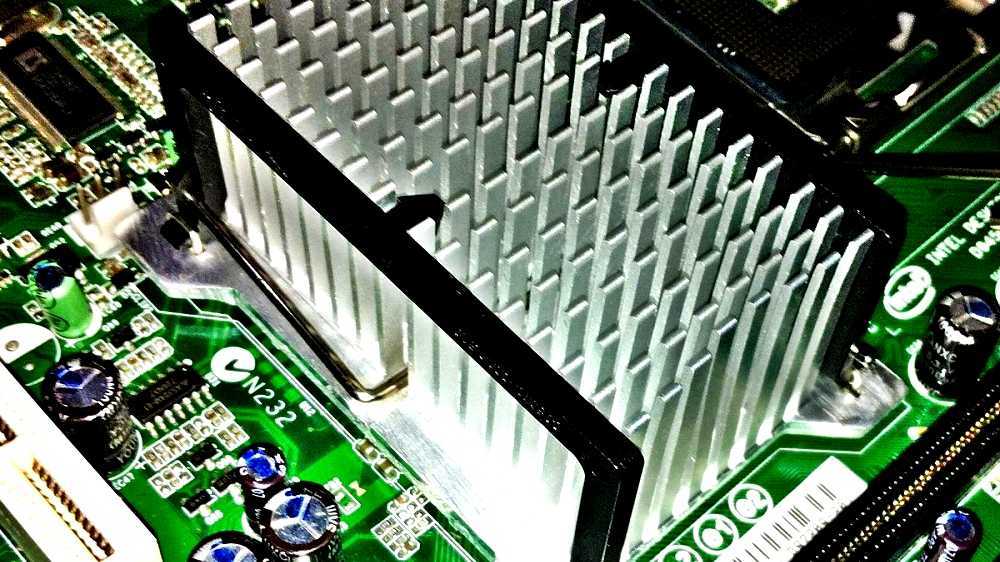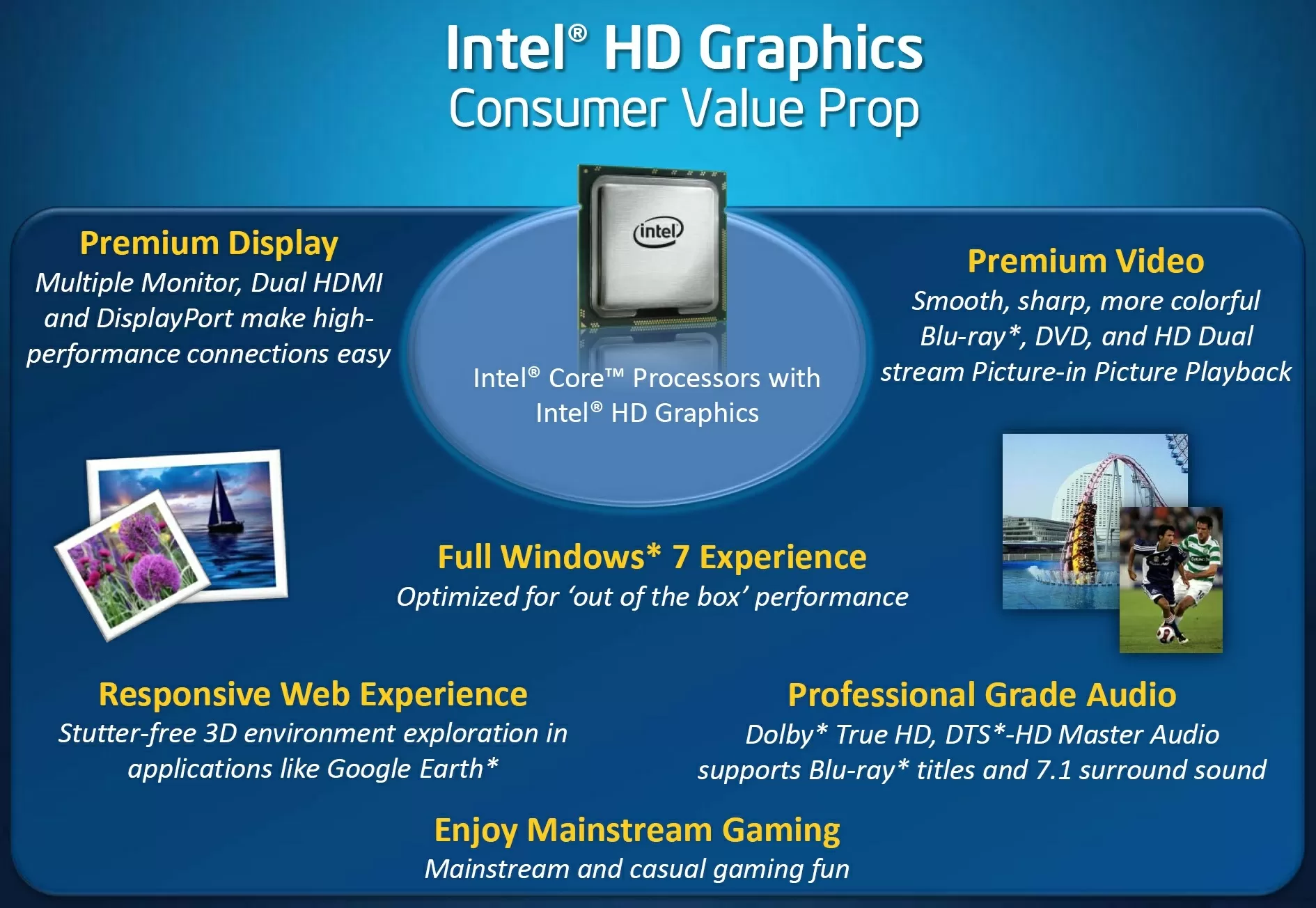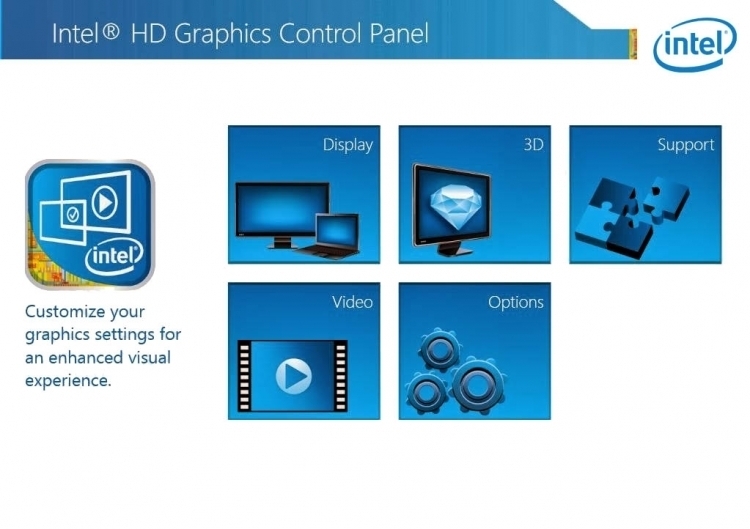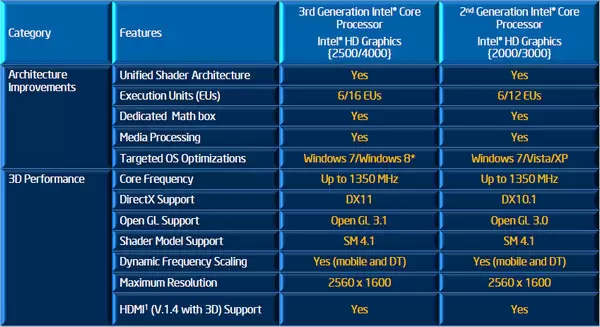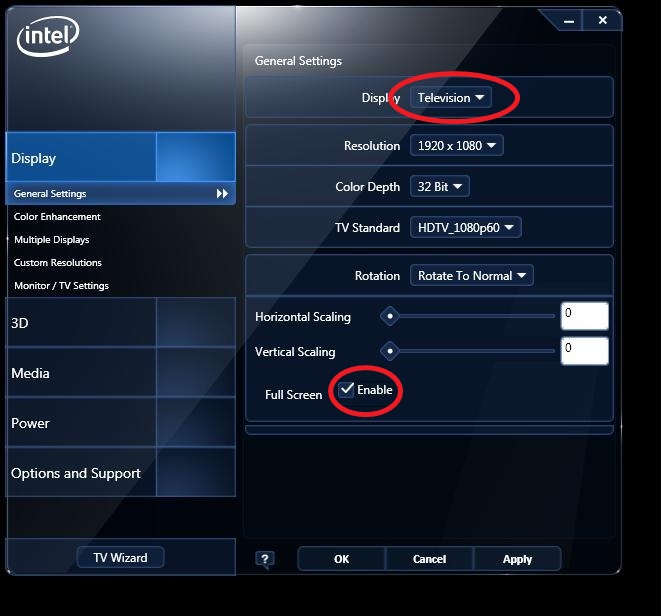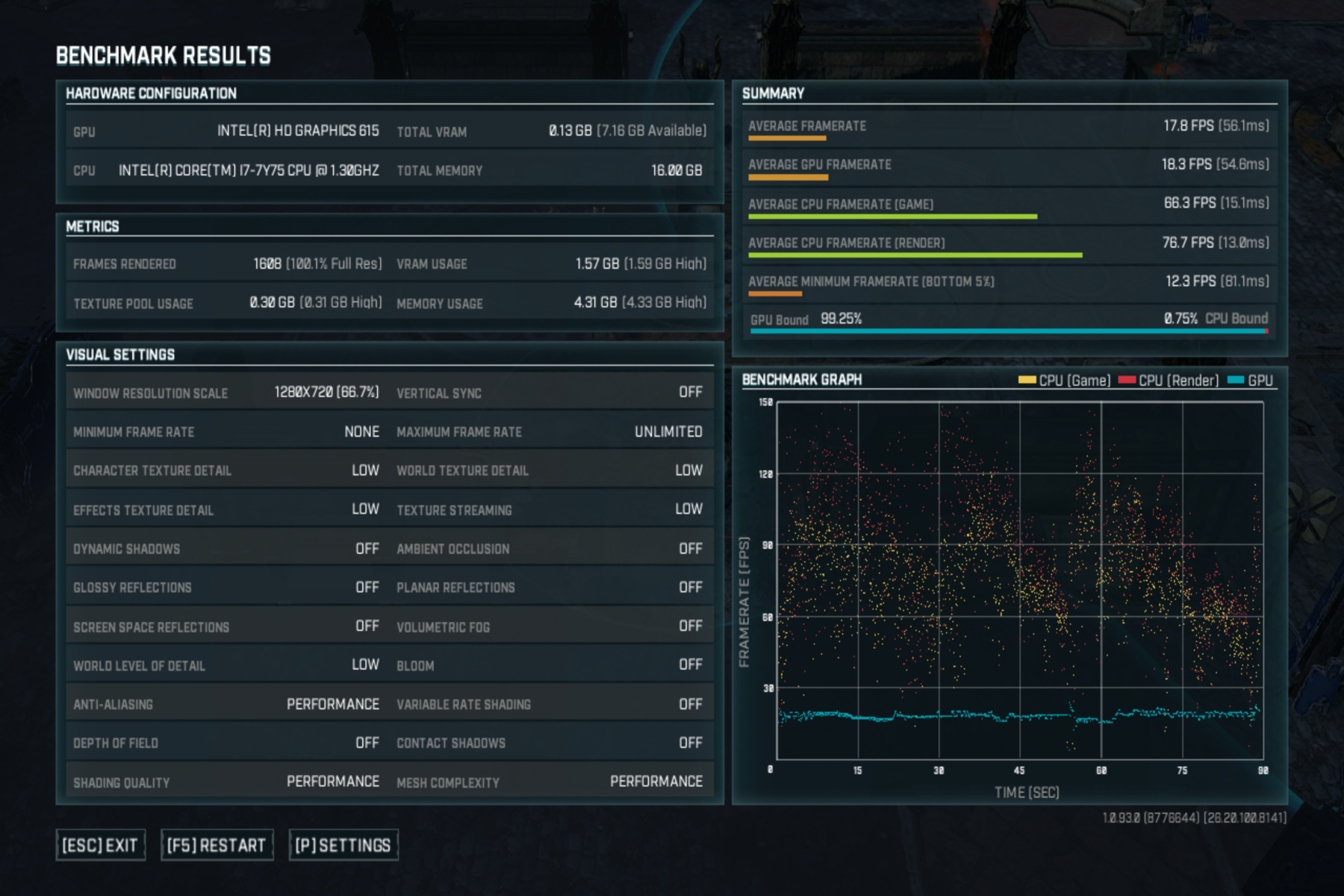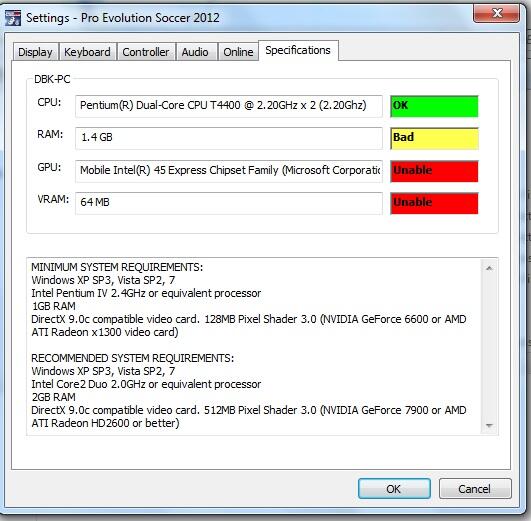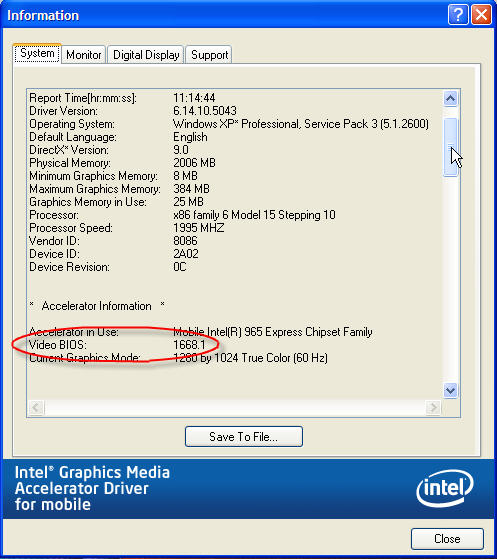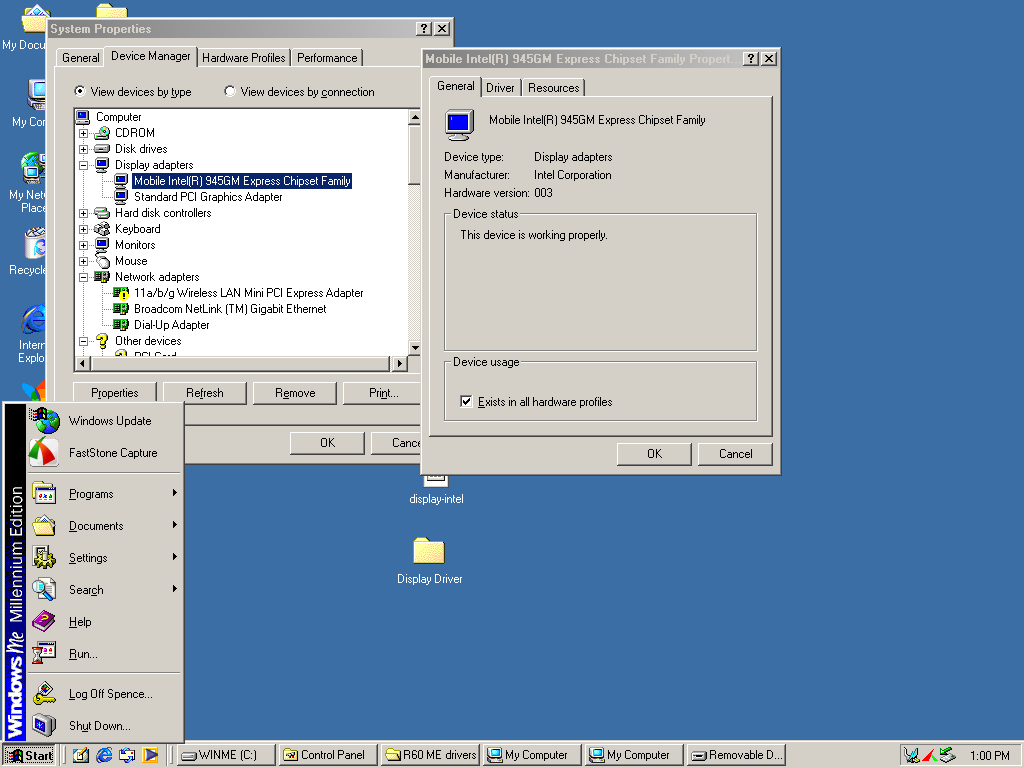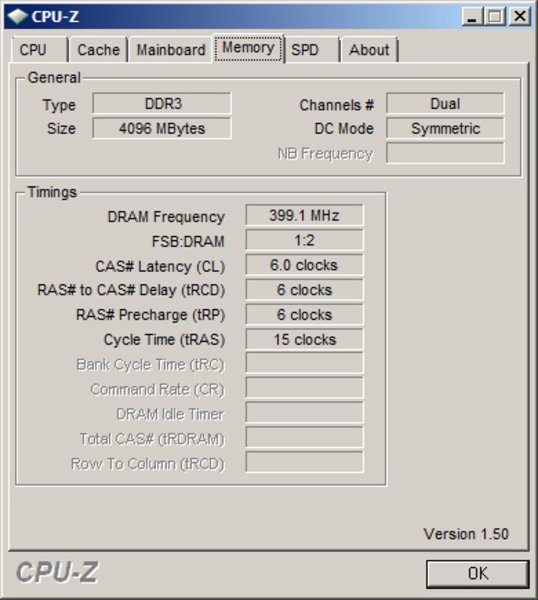Intel Media Graphics Accelerator 4500
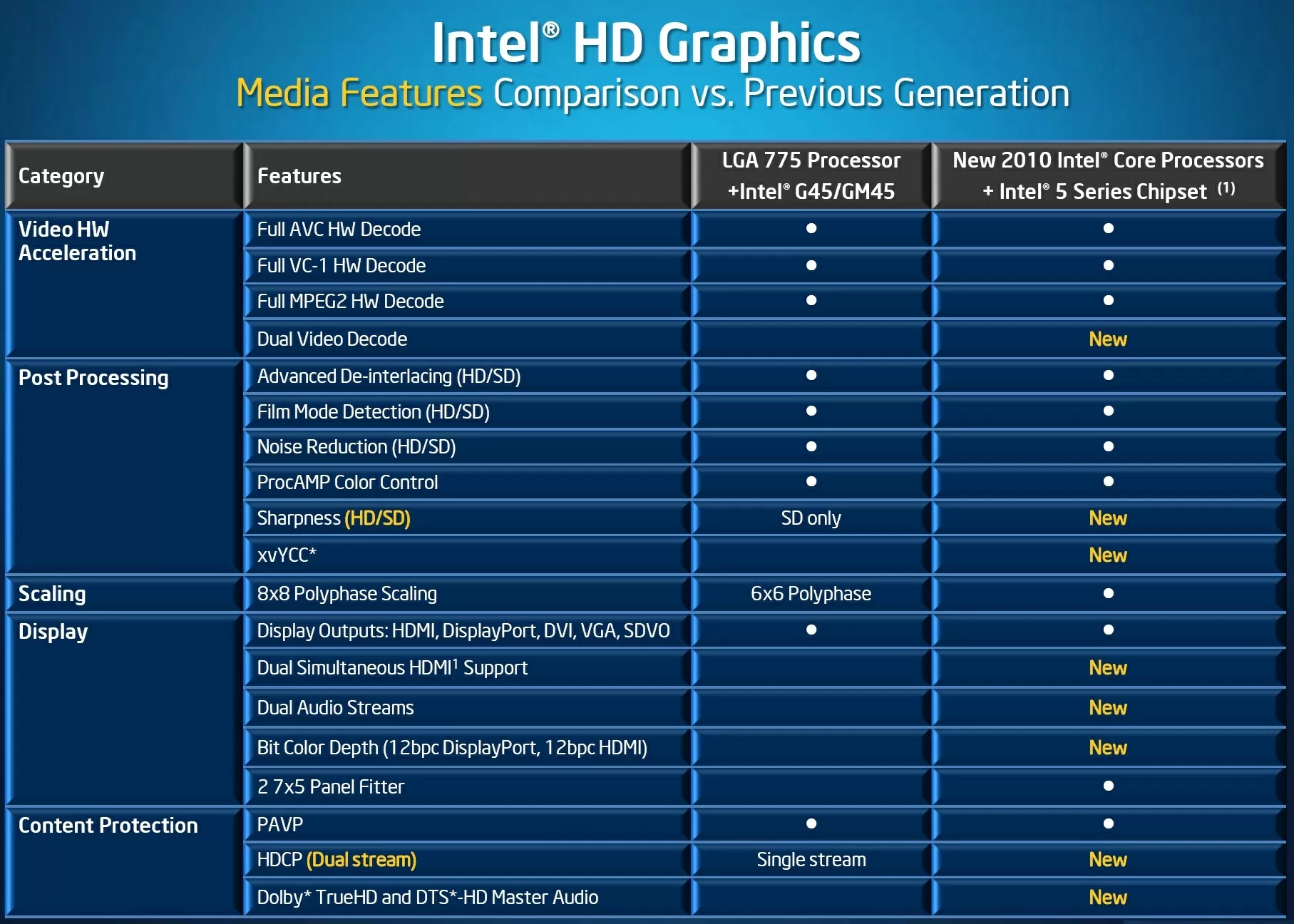
Intel's integrated graphics, the Graphics Media Accelerator 4500 (GMA 4500), faces mounting obsolescence concerns amid evolving software and hardware demands. Performance limitations are increasingly impacting user experience, rendering it unsuitable for modern tasks.
The GMA 4500, once a mainstream integrated graphics solution, now struggles to meet the requirements of contemporary applications. Its inadequate processing power and limited feature set pose significant challenges for users.
Technical Limitations
The GMA 4500 relies on shared system memory, which can severely constrain performance, especially in graphically intensive applications. This shared memory architecture creates a bottleneck, limiting the resources available for both graphics processing and overall system operations.
Specifically, the GMA 4500 supports DirectX 10, a relatively outdated graphics API. Modern games and applications often require DirectX 11, DirectX 12, or even newer standards, leaving GMA 4500 users unable to run them or forcing them to operate at significantly reduced settings.
Furthermore, the GMA 4500 lacks support for advanced features like hardware-accelerated video encoding and decoding for newer codecs such as H.265 (HEVC) and VP9. This limitation results in increased CPU usage and slower video playback, impacting the overall multimedia experience.
Impact on Users
Users relying on the GMA 4500 are experiencing noticeable performance degradation in various tasks. Simple activities like web browsing with multiple tabs open or running productivity software can become sluggish.
Video playback, particularly of high-resolution content (1080p or higher), suffers from stuttering and frame drops. Gaming is largely restricted to older titles with significantly reduced graphical settings.
Software Compatibility Issues
Several modern software applications are either incompatible with the GMA 4500 or perform poorly due to its limitations. Photo and video editing software, which rely heavily on GPU acceleration, are particularly affected.
Even basic operating system tasks, such as window compositing and animations, can exhibit noticeable lag, leading to a frustrating user experience. This incompatibility extends to certain drivers and updates, potentially causing system instability.
The Future of GMA 4500 Systems
The future looks bleak for systems powered by the GMA 4500. Driver updates and software optimizations are unlikely to significantly improve performance or compatibility with newer applications.
Upgrading the entire system is often the only viable solution for users seeking to run modern software and enjoy a smoother computing experience. Exploring newer integrated graphics solutions or discrete graphics cards are options to improve performance.
"The GMA 4500 served its purpose in its time, but technology has simply moved on," states a representative from Intel. "Users demanding modern performance should consider upgrading to newer hardware."
The sunsetting of support for the GMA 4500 underscores the rapid pace of technological advancement. Users are advised to assess their needs and plan for necessary hardware upgrades.
Ongoing discussions focus on the development of even more efficient and powerful integrated graphics solutions. Intel and other manufacturers are continuously working to bridge the performance gap between integrated and discrete graphics cards.

